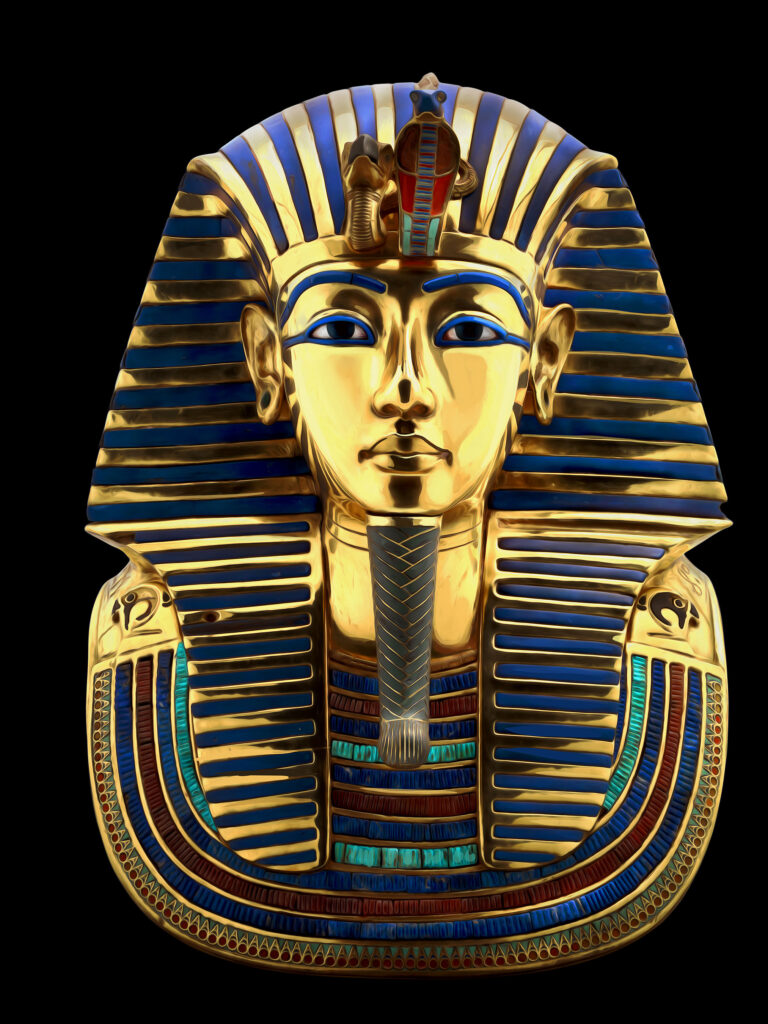Imagine, if you will, that it’s 1923. We’re in northern Africa, in the unforgiving Sahara. We’ve joined the work party directed by Howard Carter in the Valley of Kings. There’s excitement in the air. Now that the Great War is over, Carter’s work is once again being underwritten by Lord Carnarvon.
Carnarvon is an enormously wealthy British aristocrat. He became obsessed with Egyptology after a motoring accident back in ’03 obliged him to spend the winters in warmer climes than drafty, damp England. He and Lady Carnarvon settled on Egypt, and began what was to become an extensive collection of antiquities. Even further in the future, audiences nearly a century on would become familiar with Carnarvon’s country house, Highclere Castle. It was to be the setting of some sort of dramatic presentation entitled Downton Abbey. But back to the present day. By ’07 Carnarvon settled on the notion of sponsoring his own excavations, and employed Howard Carter to lead the work.
Carter had been in Egypt for years, since he was a teenager. He worked his way up from assisting with the digging at the capital Armana, founded by the pharaoh Akhenaten. That had been back in 1882. Then he worked at Deir el-Bahari, using his considerable artistic talents to depict the hieroglyphs on the walls in the temple of Hatshepsut. He became Inspector of Monuments of Upper Egypt for the Egyptian Antiquities Service, an agency of the Egyptian government, in 1899. But a dispute with local Egyptians in 1904 he was transferred to the Lower Egypt area. Controversy erupted there as well, when he sided with the Egyptian guards at the Saqqara site against a group of French tourists. This led to something of a diplomatic row between French officials and Egypt, and Carter resigned. He had been unemployed for three years when he met Lord Carnarvon. He had been eking out a living from selling his to tourists. There was no shortage of tourists in those days, as the many ancient relics being recovered in Egypt had ignited the public imagination across Europe and even into North America.
Carter’s collaboration with Carnarvon had been fruitful, at least at first. They had to cease operations during the Great War, of course, just as Carnarvon had secured the right to excavate in the Valley of Kings. Carnarvon returned to England in 1914, and Carter found work as a courier and translator for the British mission in Egypt.
After peace returned, Carter and Carnarvon reunited and returned to the Valley of Kings. But by just last year, 1922, Carter’s extended lack of significant finds had begun to try Carnarvon’s patience. He declared that the latest excavation would be the last he would finance under Carter’s leadership. Then last November, as you’ll well remember, the water boy stumbled over a stone. The stone shifted strangely, and when the diggers lifted it, a hidden stairway was revealed. It led to a sealed antechamber full of fabulous golden artifacts. Clearly it led to the burial chamber of a major pharaoh. Carter spent the next months studying and cataloging the contents of the antechamber. And that brings us up to today: February 16, 1923. The sealed doorway at the back of the antechamber is to be opened today. We all feel the excitement; what will Carter and Carnarvon find behind that door?

